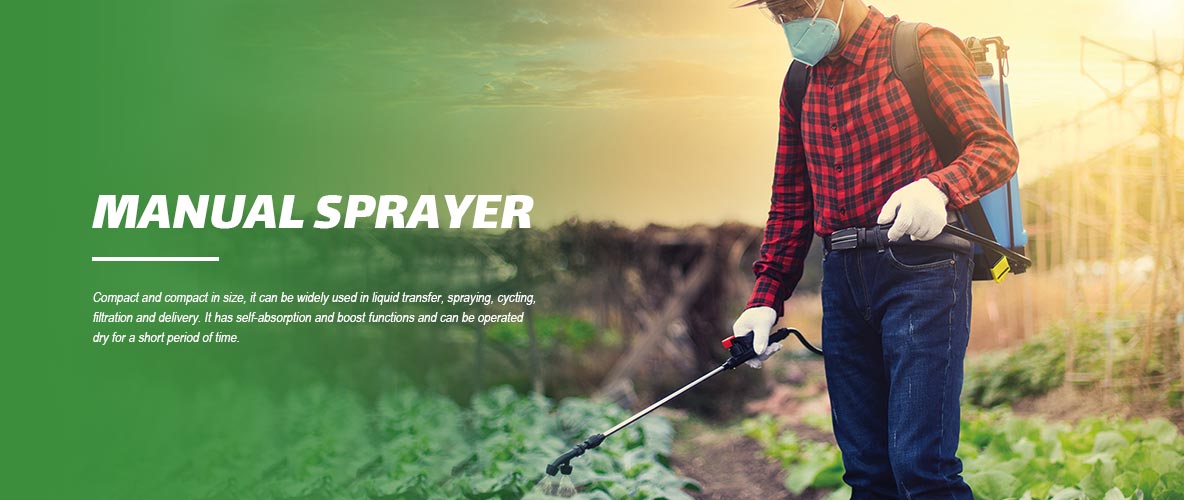A
manual sprayer, also known as a hand sprayer, is a type of sprayer that is powered by the user's physical force. It consists of a tank, a pump, a spray wand or nozzle, and a carrying strap or handle.
Manual sprayers are commonly used in various industries, including agriculture, horticulture, pest control, cleaning, and painting. They are ideal for small to medium-sized areas where the precise application is required, such as gardens, greenhouses, or indoor spaces.
The pump in a manual sprayer pressurizes the liquid inside the tank, allowing it to be sprayed out through the nozzle or wand. The user must continuously pump the handle to maintain pressure and continue spraying. Most manual sprayers are designed to be carried on the back or held in one hand, allowing for mobility and flexibility during application.
One advantage of manual sprayers is their affordability and simplicity. They do not require any electricity or batteries, and they are easy to use and maintain. They are also ideal for spot treatments and precise application in hard-to-reach areas.
However,
manual sprayers do have some limitations. They require physical effort from the user, which can cause fatigue and limit productivity. They also have a limited spraying range and may not provide consistent pressure or spray pattern, leading to uneven coverage.
